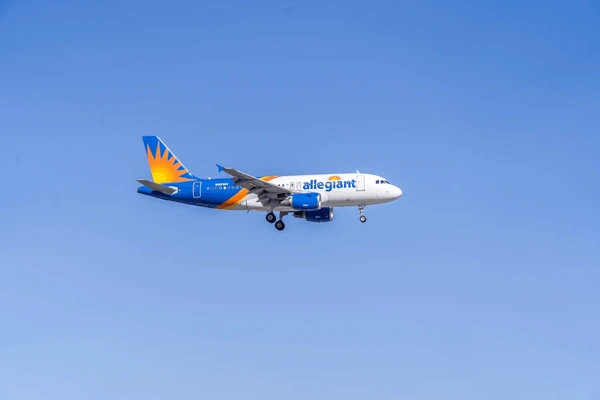Artificial Turf vs Sod: Which One Saves You More Money?
If you’re dreaming of a lush, green lawn, you’ve probably debated whether to install artificial turf or lay natural sod. While both options have their benefits, your budget plays a huge role in deciding which is right for you. This comprehensive guide breaks down the cost factors and long-term savings of artificial turf vs sod—so you can make the most financially sound decision for your yard.
Initial Installation Costs
Sod
Installing sod is often cheaper upfront than artificial turf. On average, sod costs between $0.30 to $0.80 per square foot, plus installation fees. For a 1,000-square-foot lawn, this adds up to $500–$2,000 installed.
Artificial Turf
Artificial turf ranges from $5 to $12 per square foot installed, depending on quality and complexity. That same 1,000-square-foot lawn could cost $5,000–$12,000 to install.
Winner: Sod – Lower upfront investment.
Maintenance Requirements and Costs
Sod
Natural grass demands ongoing care:
- Weekly mowing
- Seasonal fertilizing
- Pest control
- Regular watering (often 1–1.5 inches per week)
- Reseeding or patching thin areas
These can add up to $1,000–$2,000 per year, depending on climate and size.
Artificial Turf
Turf is virtually maintenance-free:
- Occasional brushing
- Light rinsing to remove dust or pet waste
- Weed control around edges
Yearly costs are typically under $200.
Winner: Artificial Turf – Lower maintenance and water bills.
Longevity and Replacement Costs
Sod
With good care, sod lasts about 10–15 years but may require frequent repair patches. Costs add up due to:
- Soil erosion
- Weed overgrowth
- Diseases
Artificial Turf
High-quality artificial turf can last 15–25 years, with minimal upkeep. It may cost more upfront, but it pays off over time.
Winner: Artificial Turf – Longer lifespan and fewer repairs.
Water Usage and Utility Savings
Sod
Lawns are thirsty. On average, a 1,000-square-foot sod lawn uses about 25,000 gallons of water annually, significantly increasing your water bill—especially in dry climates.
Artificial Turf
Turf requires no irrigation, instantly cutting out that water expense.
Winner: Artificial Turf – Huge long-term water savings.
Environmental Impact
While not directly tied to cost, it’s worth mentioning:
- Sod absorbs carbon and supports local ecosystems.
- Turf reduces water usage and chemical runoff but is petroleum-based and non-biodegradable.
Weighing your values here is important, especially if you’re eco-conscious.
Resale Value Considerations
Curb appeal adds value. Sod may look more natural to potential buyers, but many modern homeowners love the low-maintenance appeal of turf—especially in regions with drought restrictions.
Tip: Choose what suits your climate and long-term goals. For a professional opinion, consult with experts like Kansas City Turf who understand regional demands.
Overall Cost Comparison Over 10 Years
| Category | Sod (10 Years) | Artificial Turf (10 Years) |
|---|---|---|
| Installation | $1,500 | $8,000 |
| Maintenance | $1,500/year x 10 = $15,000 | $200/year x 10 = $2,000 |
| Water Usage | $350/year x 10 = $3,500 | $0 |
| Total | ~$20,000 | ~$10,000 |
Winner: Artificial Turf – Although more expensive upfront, turf saves thousands over the years.
Final Verdict: Turf for Long-Term Savings
If you’re looking for a budget-friendly lawn today, sod may seem like the better option. But if you’re planning to stay in your home for years and want to save on water and maintenance, artificial turf is the clear winner.
For expert guidance and region-specific turf products, visit Kansas City Turf. Their professionals can help you evaluate your landscape and find the best cost-saving solution for your home.






